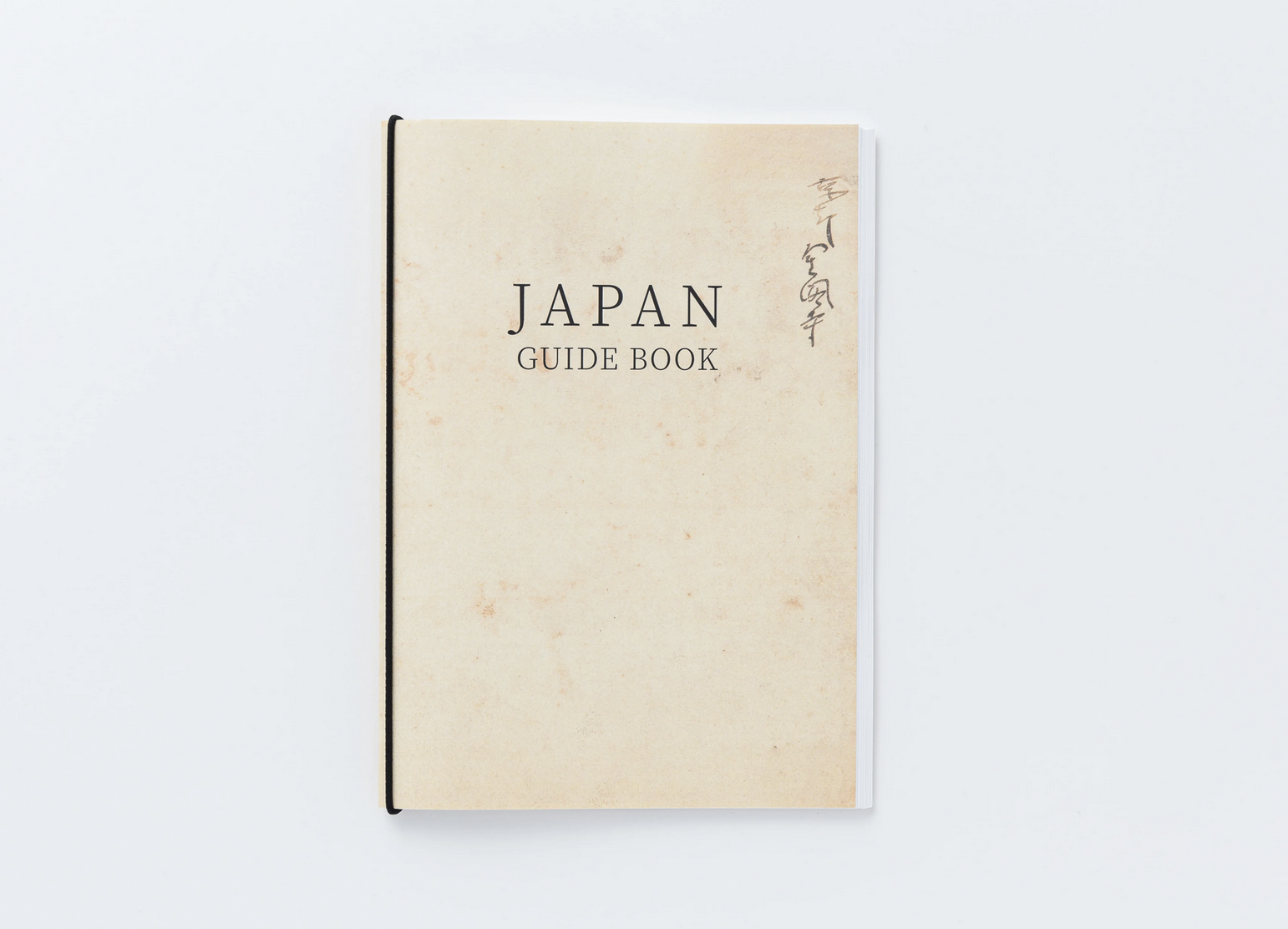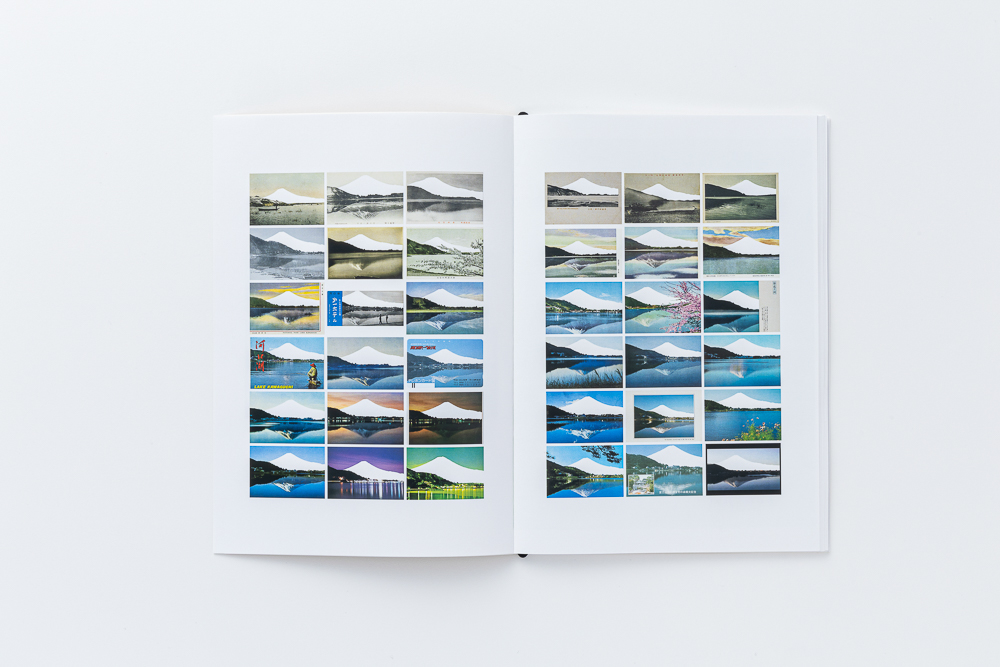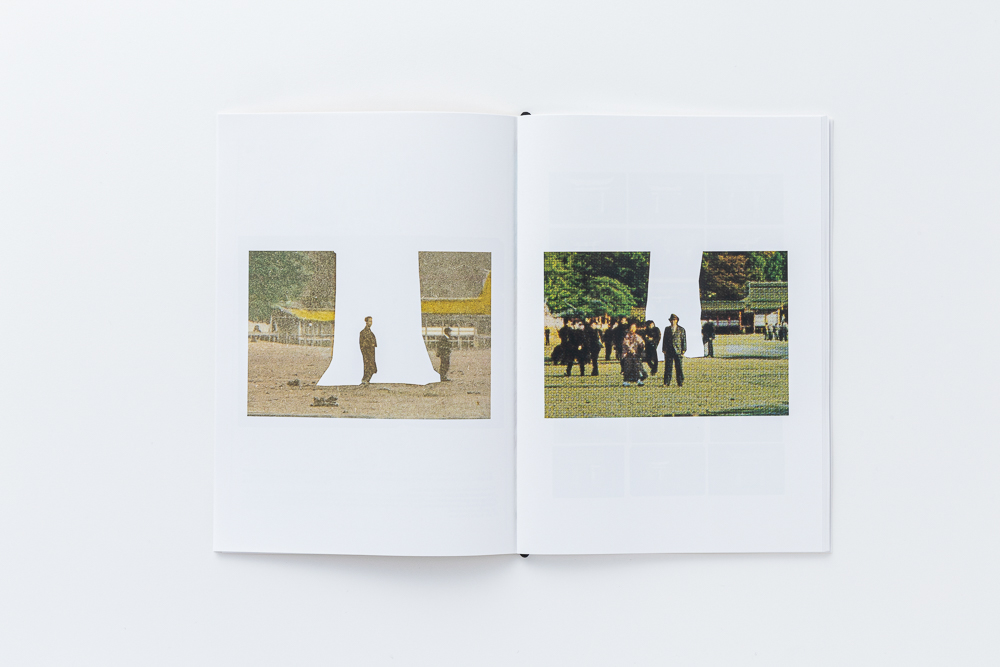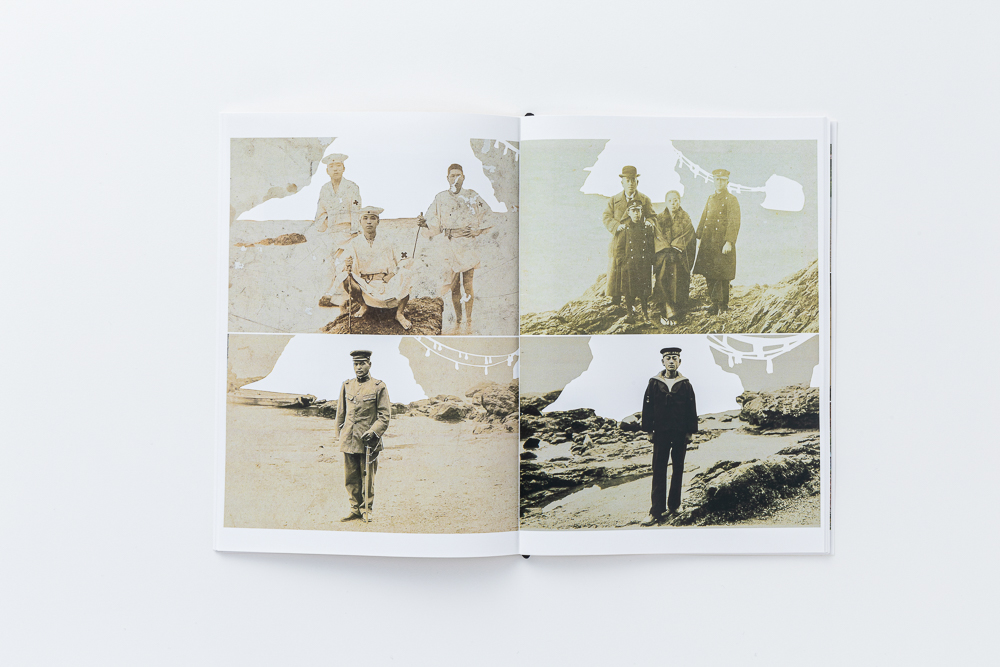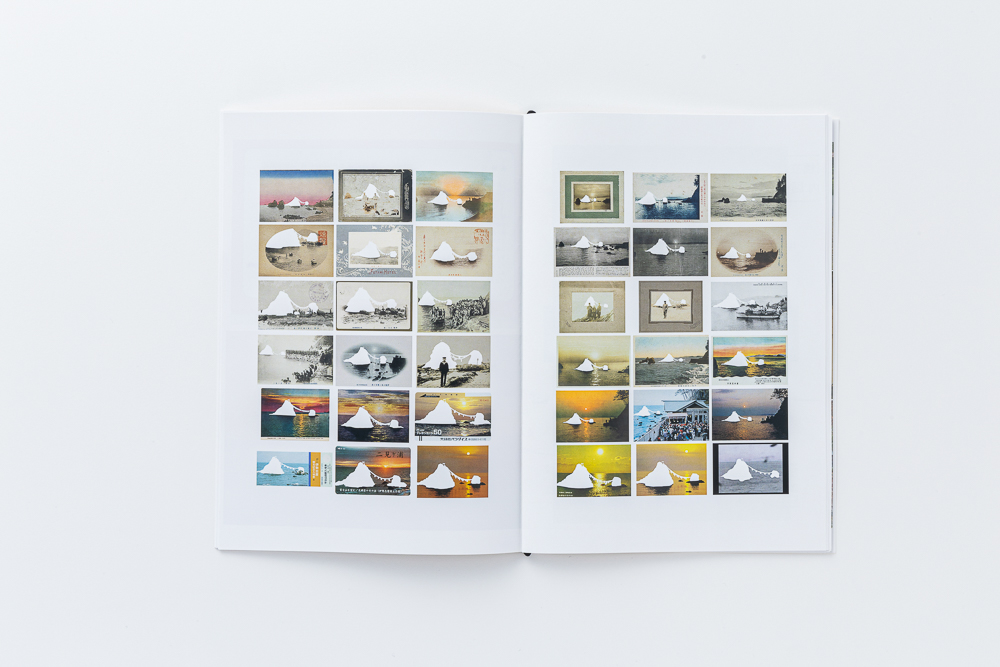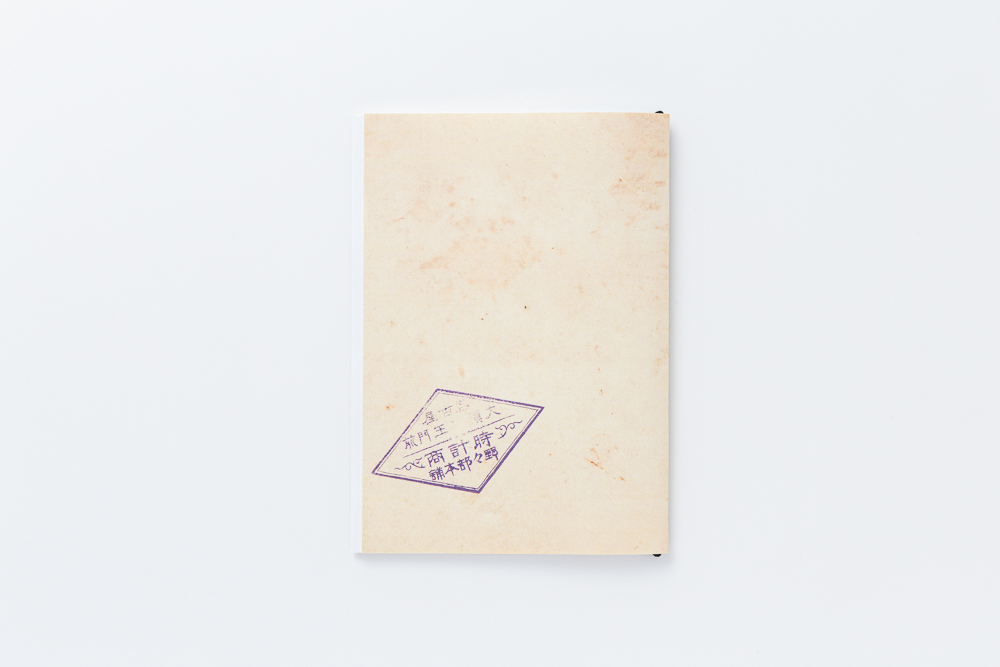Kazunari Suzuki: Japan Guide Book
One of the most exciting parts of my recent visit to Japan was working with photographic artists at the T3 Tokyo Photo Festival. I was thrilled to meet Kazunari Suzuki and get to know his fabulous work. Suzuki shared a project that has all the elements that I am drawn to: old postcards, typologies, and creative ways of thinking about tourism. His project, Japan Guide Book, encapsulates a deep dive into iconic and ubiquitous structures that tourists see over and over again in Japan. He deftly removes the objects or landmarks to highlight their shapes and presence in the photograph.
Kazunari Suzuki (born in 1979) is a visual artist who works with photographs and archives of the past. Based in Japan, his work focuses on the history and culture of Japanese photography and related media. After graduating from the School of Commerce at Meiji University, he studied design at the Kuwasawa Design School. His career started as a commercial photographer, but after experiencing a serious illness in 2017, his focus shifted to fine art. His work has been shown at art fairs and festival such as UNKNOWN ASIA and Rokkosan International Photography Festival.
The images that appear to be fixed-point observations are of Japanese “tourist attractions” which have been depicted at different times. From “Yokohama photographs” to postcards to contemporary live cameras, this limited artist book will take a sweeping view of how the concept of “famous places” in Japan has been created by images. In addition, by cropping the icons that are the subject of these images, it will highlight what has been captured but overlooked by the cameras of each era. The book aim to provide a tool for finding a route out of the normative power of images and their influence on us in our information-overloaded society.
softcover , 108 pages , 210 x 297 mm , color 2024
Limited edition of 50 copies signed with edition
To purchase: https://kazunarisuzuki.stores.jp/
Japan Guide Book
With the spread of smartphones, the sight of many people snapping their shutters at tourist spots has become an everyday sight. While I was uncomfortable with the sight of people collecting sample views, I was curious as to what attracts so many people and when this place became so.
It is believed that sightseeing trips began in Japan 200 years ago during the Edo period. Since that time, the origin of the word for famous places, nadokoro, places that have been recited in waka poems and passed down from generation to generation, have taken shape as tourist attractions. Photography appeared at the end of the Edo period and was influenced by meisho-e and ukiyoe. Sightseeing photos for foreigners are considered to be the beginning of landscape photography in Japan. The view seen through the lens has been carried over to today’s fixed-point cameras.
Sightseeing spots are valuable places that have been photographed since the dawn of photography. However, as a result of being photographed and consumed by many people, the photographs taken have become commonplace. I collected such stylized and standardized angles of view as fixed-point observations and cropped them as symbolic icons. By cropping them white, the overlooked scenery emerges along with the forms that Japan has transmitted to the world as an industry.
Posts on Lenscratch may not be reproduced without the permission of the Lenscratch staff and the photographer.
Recommended
-
Earth Week: Aaron Huey: Wallpaper for the End of the WorldApril 26th, 2024
-
Earth Week: Casey Lance Brown: KudzillaApril 25th, 2024
-
Tara Sellios: Ask Now the BeastsApril 6th, 2024
-
ALEXIS MARTINO: The Collapsing Panorama April 4th, 2024
-
Emilio Rojas: On Gloria Anzaldúa’s Borderlands: The New MestizaMarch 30th, 2024


